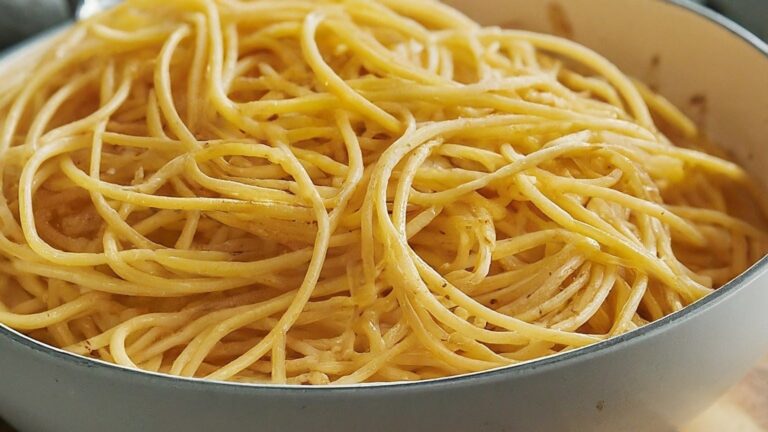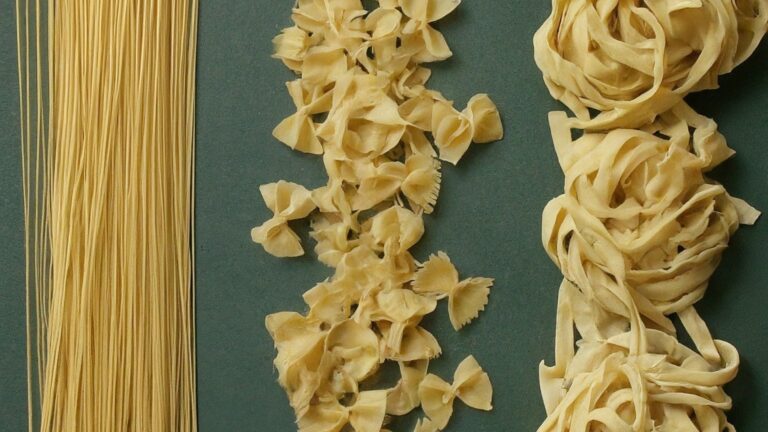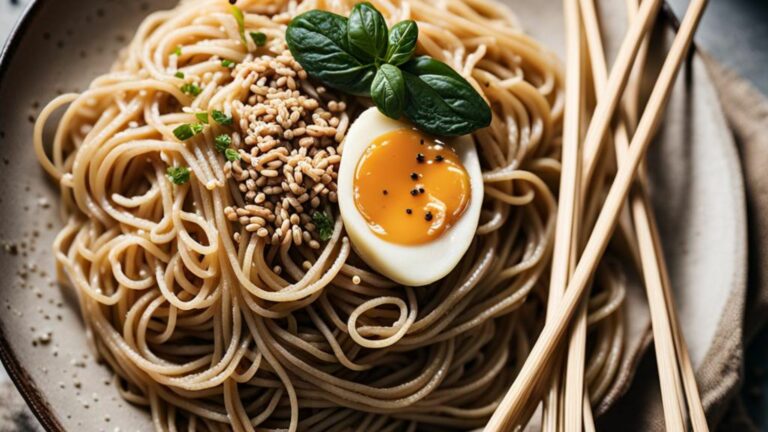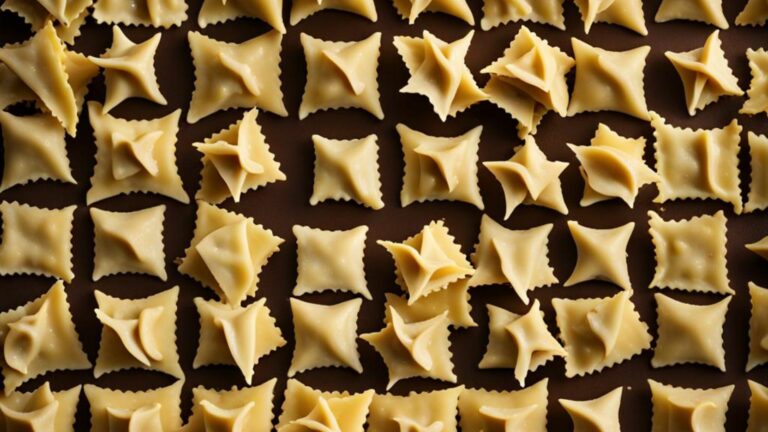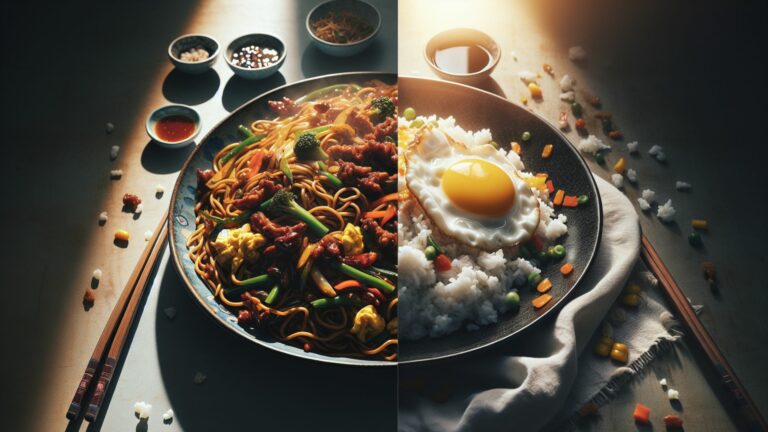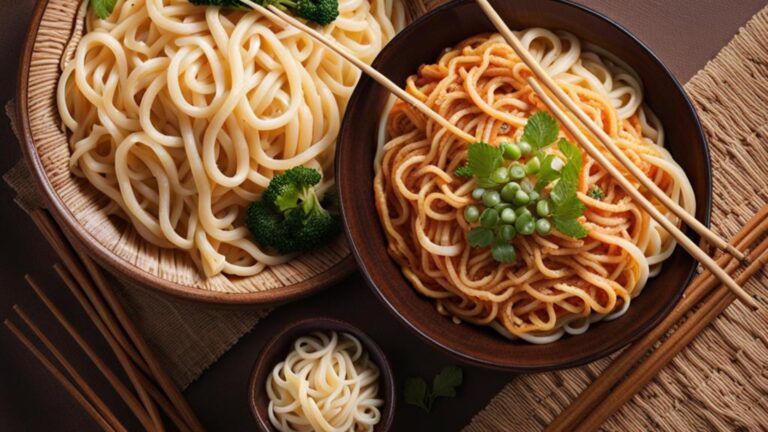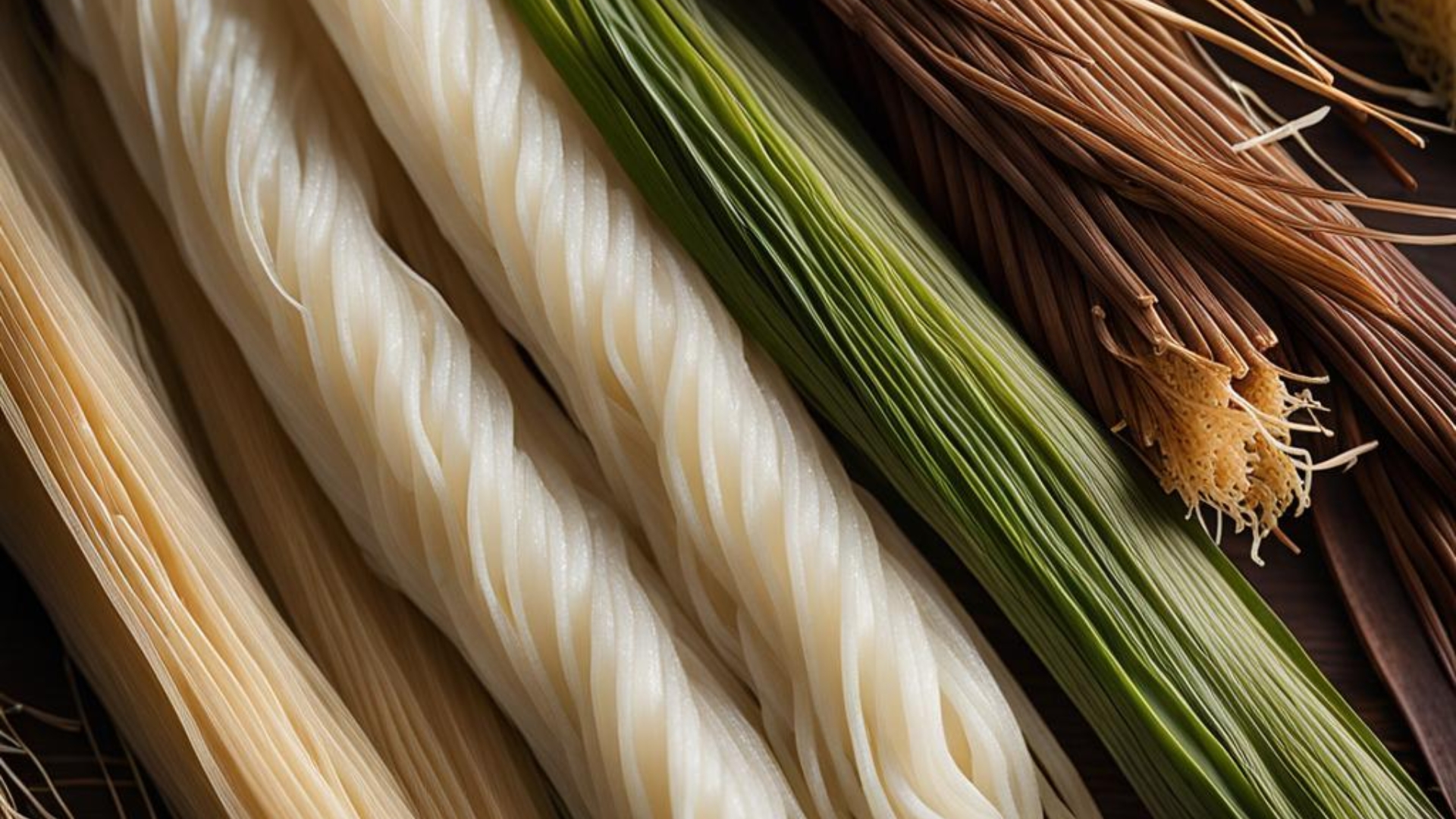
Rice noodles are made from rice flour and have a soft, chewy texture, while glass noodles are made from mung bean starch and have a slippery, slightly chewy texture.
They also differ in cooking time and the commonly used dishes. These are the main differences that people usually find.
But there are some more differences and similarities between them. If you want to know about them, you must read the whole article.
All my discussion is based on Rice Noodles vs Glass Noodles. I will cover basic taste differences, nutritional differences, and all others. So, let’s start.
An Overview
I have considered all values and benefits when making this comparison table. Here’s a comparison table on rice noodles vs glass noodles:
| Rice Noodles | Glass Noodles | |
| Appearance | Thin, translucent, and white | Clear and slightly thicker than rice noodles |
| Texture | Soft and chewy when cooked | Slippery and slightly firm when cooked |
| Flavor | Mild taste and absorb flavors of other ingredients in a dish | It has almost no taste and also absorbs the flavors of other ingredients in a dish |
| Cooking Time | Cooked quickly in boiling water, usually under 5 minutes | Cooked similarly to rice noodles, usually under 10 minutes |
| Popular Dishes | Pad Thai, Pho, Stir-fries, and soups | Japchae, Spring Rolls, Stir-fries, and soups |
| Nutritional Value | Low in fat, gluten-free, and contain some protein and fiber | Low in fat, gluten-free, and contain some protein and fiber |
Rice Noodles vs. Glass Noodles: Detail Differences
The above table I have given may become confusing to many of you. So, this detailed discussion will provide you with more info.
Rice noodles and glass noodles may look or feel similar with bare eyes.
However, there are many differences between these two noodles, and they differ in several aspects. These aspects are appearance, texture, cooking time, taste, nutritional value, benefits, and uses.
Let us try to know better and correct details about these two noodles:
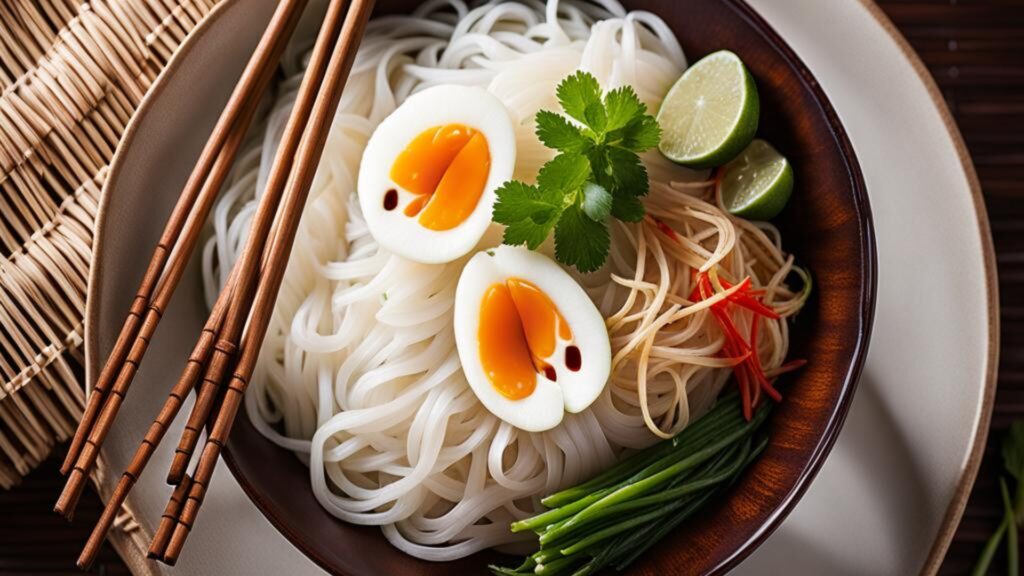
Differences Appearance
Rice noodles are very thin, flat, translucent, white, and attractive. They are usually dried and sold in the market and come in various widths, from strands.
On the other hand, glass noodles are popularly called cellophane or bean thread noodles.
Compared to rice noodles, it is cleaner and slightly thicker. They are made from mung bean starch, are very tasty, and are usually marketed dry.
Differences Texture
Rice noodles become soft and elastic after cooking. They retain their shape and quality standards well and are not sticky anyway.
On the other hand, if I see, glass noodles are lubricious and slightly firm when cooked, with a unique flavor and crisp texture.
Compared to Rice noodles, they are very subtle and more challenging to handle. So let us consider these two from some other aspects below.
Differences Cooking Time
Rice noodles cook faster, generally in under five minutes. It stirs in boiling water. Glass noodles, on the other hand, are typically cooked to rice noodles, but they take longer, usually under ten minutes.
Differences Flavor
These mildly flavored Rice noodles bring out the flavors of their other constituents very well. Glass noodles have nearly no flavor but absorb the taste of other constituents in a platter.
The cooking process is very nice, and it is perfect for flavored food and plates that have a strong and different taste.
Differences Usage
These multipurpose rice noodles can be used with various items, such as – salads, soups, stir-fries, hot dogs, sauce, shrimp, and other savory dishes like Pad Thai.
Similarly, versatile glass noodles are used in soups, stir-fries, salads, and more. It is one of the main favorite dishes of Korean people as a side dish and their main meal with japchae.
Rice Noodles vs. Glass Noodles Calories
We know about many things above; let’s take calories in two. Below are two of its calorie levels.
Both noodles are rich in calories and are good sources of carbohydrates, which are very good for the human body. Here, each calorie content is shown separately, which will be very useful for everyone:
There are 192 calories in just 100 grams of cooked rice noodles, which is very good for one’s health.
Rice noodles do not harm the human body as there is less fat and protein, and everyone likes them because of the high amount of carbohydrates.
On the other hand, there are (160 grams of calories) in 100 grams of cooked glass noodles. Like the above Rice noodles, Glass noodles are also low in fat and protein and high in carbohydrates like rice noodles.
It depends on how you prepare these noodles and what items you use. Its taste varies depending on the ingredients. But I think it is straightforward to make nutritionally.
If these Rice noodles are used with a good quality sauce, the overall calorie content of the dish will be much higher. If they are used with green vegetables, then they will taste better.
Rice Noodles vs. Glass Noodles Taste
Rice noodles have a distinct flavor and act as a different ingredient and carrier to a dish, which is an excellent side to this item.
On the other hand, glass noodles are a different story. It has no taste; it depends on other ingredients, and its taste is created.
Both noodles can be eaten with various dishes and served in multiple ways, such as soups, shrimp, hot dogs, salads, and stir-fries. How you prepare the food will depend on what the nutrition and taste will be like.
As individuals or groups, each person has a different taste in the dish, so my taste will depend on how I prepare my noodles.
Rice Noodles vs. Glass Noodles Nutrition
Nutritionally speaking, Rice noodles and Glass noodles are similar. Both are moderate in fat, low in protein, and high in carbohydrates.
Rice noodles are mainly made from rice flour, which is a good source of carbohydrates and does not contain harmful ingredients. Rice noodles are a very beneficial food and very good for the health of a diabetic person.
Similarly, Glass noodles are made from mung bean pulp, a good fiber and protein source.
Both noodles can be considered as having an ideal nutritional value and being healthy and can be said to be a properly balanced diet.
Similarities of Glass Noodles vs. Rice Noodles
Glass noodles and rice noodles have a few similarities. Here, I clearly described these similarities below-
- Gluten-free: Both noodles are naturally gluten-free, making them suitable for those with gluten sensitivities or celiac disease.
- Versatility: Glass noodles and rice noodles are both versatile and can be used in a variety of dishes, including soups, stir-fries, salads, and noodle dishes.
- Low fat: Both noodles are low in fat, making them a good choice for those looking to reduce their fat intake.
- Source of carbohydrates: Both noodles are good carbohydrates, providing energy for the body.
- Easy to prepare: Both glass and rice noodles are easy to prepare and can be cooked quickly.
I hope I have clarified the similarities between glass noodles and rice noodles and that we understand clearly that both types of noodles are healthy and can be incorporated into a well-balanced diet.
The choice between the two depends on personal preference and the type of dish you are preparing.
Glass Noodles vs. Rice Noodles: Which One is Healthier?
I have told you about the fundamental differences in the above sections of the discussion. You might get a clear idea about which one suits you.
But let’s discuss that again in more specific detail.
Glass Noodles are made from mung bean batter and are a good source of fiber and protein. These noodles are known by cellophane noodles or bean thread noodles.
They do not pose any problem to diabetic patients, so it is the first choice and is healthy for all.
The above noodles show the various beneficial properties of mung dal and can help lower cholesterol levels.
As the current cholesterol level is increasing daily, this noodle food is being preferred by more and more people because the cholesterol level is low here.
Rice noodles serve as the best source of carbohydrates on top. It is very essential for health. These noodles can be a good food for those who want to diet as they are low in protein.
Two In comparison, rice noodles are slightly lower in calories than glass noodles and can be a good choice for those who want to consume fewer calories.
That is, considering your physical aspect, you should decide which will benefit you.
Rice noodles and Glass noodles are considered part of a balanced diet regarding healthy foods. Which noodles you need depends on the nutrients you want, and you can choose any 1 of these 2 noodles according to your needs.
It should also be noted what ingredients are in which noodles and what noodles are added to them because it depends on the seasoning and your preference.
I hope this information gives you a clear idea of which noodles are right for you.
Conclusion
I always try to give you the best comparison of many foods and cooking items. Hope my discussions help you to find info about different food items.
In this case, all differences and similarities are shown in rice and glass noodles. This is enough to differentiate these two.
There are some more valuable discussions on my blog. They will also help you to find general info about them. That was all for today. Thanks for reading from us.

